One of the biggest perks of home labs is that you can put together a couple of experimentation and self-hosting servers using all sorts of hardware, including SBCs, NAS, old PCs, or enterprise-grade rigs. This flexibility also extends to the software side of the equation.
When you’re just starting out, you can install a simple Type-2 hypervisor like VirtualBox or VMware Workstation Pro/Fusion. Or you could go down the home labber path and switch to a dedicated virtualization platform that combines Type-1 hypervisors with a minimal distro accessible only via a web UI.
Personally, I recommend switching to a virtualization platform as soon as you’ve got some experience with home lab projects, as they offer tons of neat features compared to mere Type-2 hypervisor setups.
5 Superior performance
Especially useful for demanding projects
Although VMware Workstation and VirtualBox can run a couple of virtual machines (including nested virtualization setups) when paired with the right hardware, the underlying operating system can tank their performance. This performance discrepancy is pretty noticeable on Windows, with Microsoft’s flagship operating system consuming an obscene amount of resources in the background.
Meanwhile, Proxmox, Harvester, XCP-ng, and other virtualization platforms are based on minimal (Linux) distributions and effectively run on top of the hardware, thereby removing the bottlenecks caused by the operating system running underneath the hypervisor. If you work with as many concurrent virtual machines as I do, installing a dedicated virtualization platform on a spare machine will significantly enhance your VMs’ performance.
4 Better isolation and security
Alongside a smaller attack surface
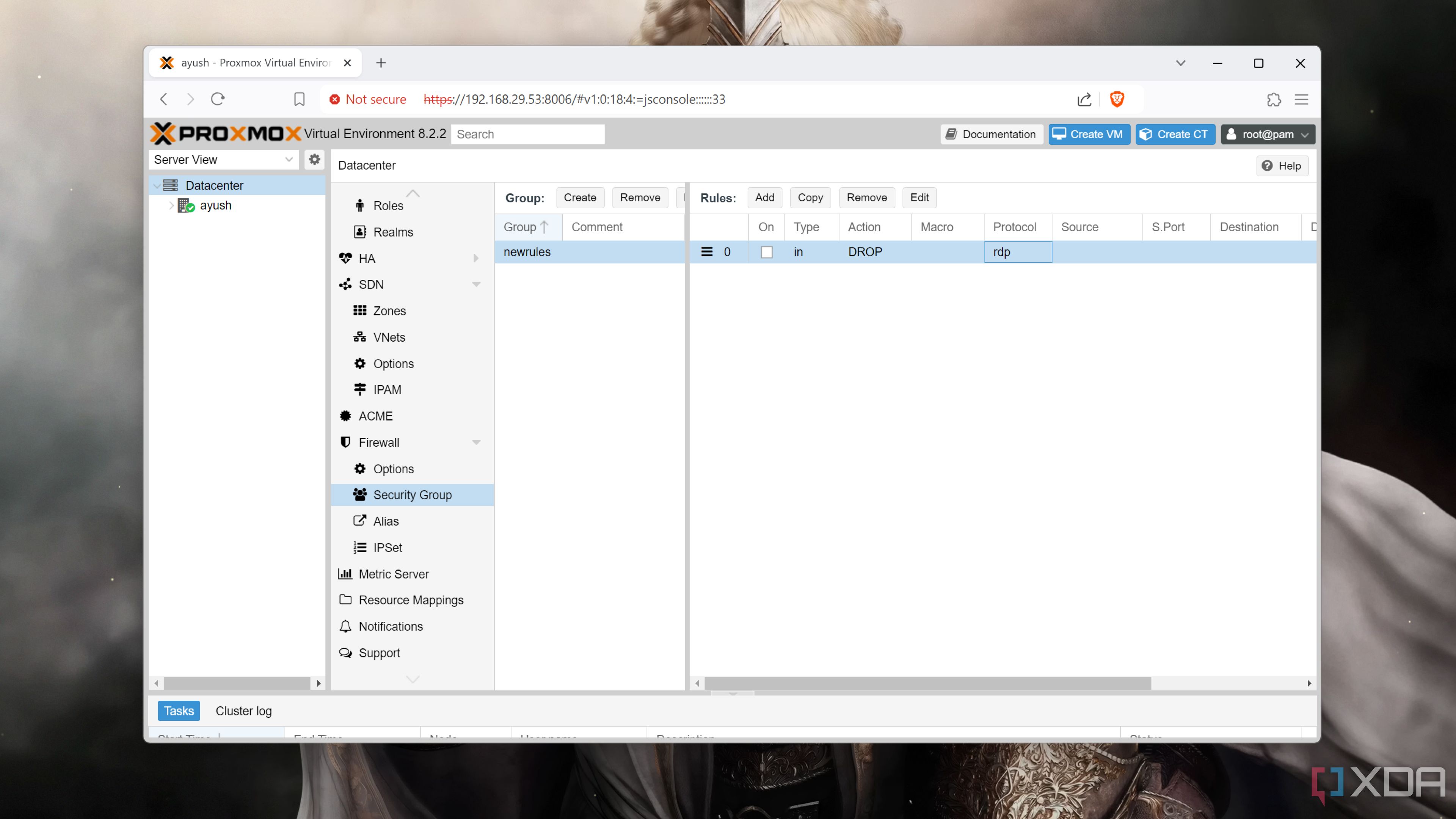
The presence of a full-on GUI operating system underneath all that virtualization goodness makes Type-2 hypervisor setups weaker on the security front. That’s because an underlying OS (especially if you’re on Windows) has more vulnerabilities that hackers can exploit. While it’s not a huge deal if you’re hosting services for your household, the security risk increases exponentially if you expose your home server to the Internet.
Meanwhile, virtualization platforms have a smaller attack surface for hacking attacks. On top of that, they provide a stronger degree of isolation for your virtual machine arsenal. As if that’s not enough, Proxmox, XCP-ng, and other platforms offer better SDN support, granular access control provisions, easier backups, and a host of other security as well as recovery methods for your home lab.
3 Live migration support
I can move VMs without powering them down
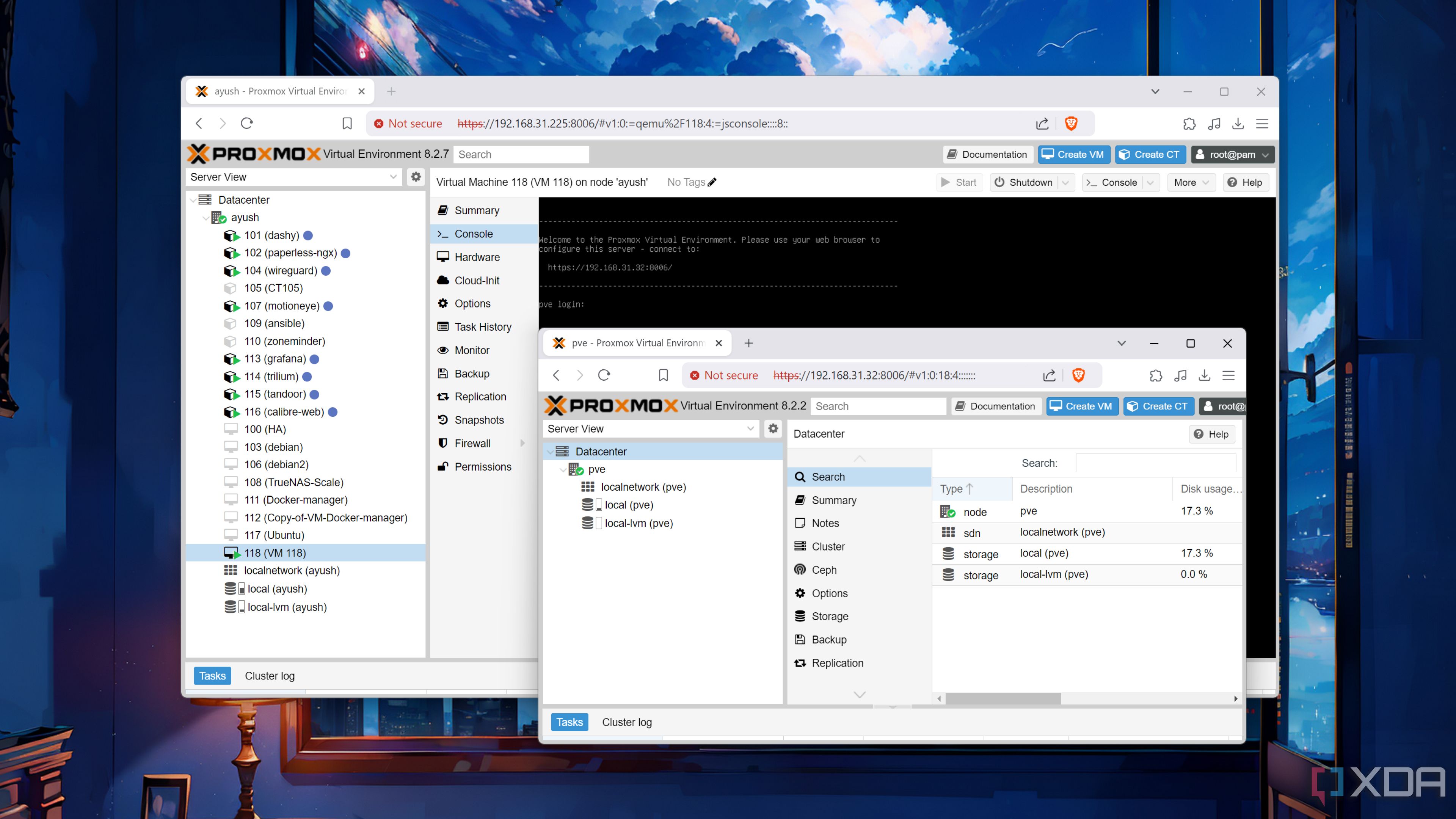
Transferring virtual machines isn’t all that difficult on most hypervisors, as you can copy the virtual machine disks and files to a new host before using the VM creation wizard to spin up another virtualized instance that uses the progenitor VM's virtual disks. But transferring VMs between different hosts while they are still running is an entirely different story on Type-2 hypervisors. Technically, VirtualBox has the teleport option, which performs a similar task as live migration, but it’s a real pain to get it running.
I’ll admit that live migration isn’t a worthwhile option for the majority of home labbers. But if you manage a handful of server nodes in your home lab and want to move VMs between them while minimizing downtime, the live migration facility available in most virtualization platforms comes in handy. On Proxmox and XCP-ng, all you have to do is create shared storage for your host machines and link them as a cluster. While we’re on the subject...
2 Clustering support
Great for high-availability setups
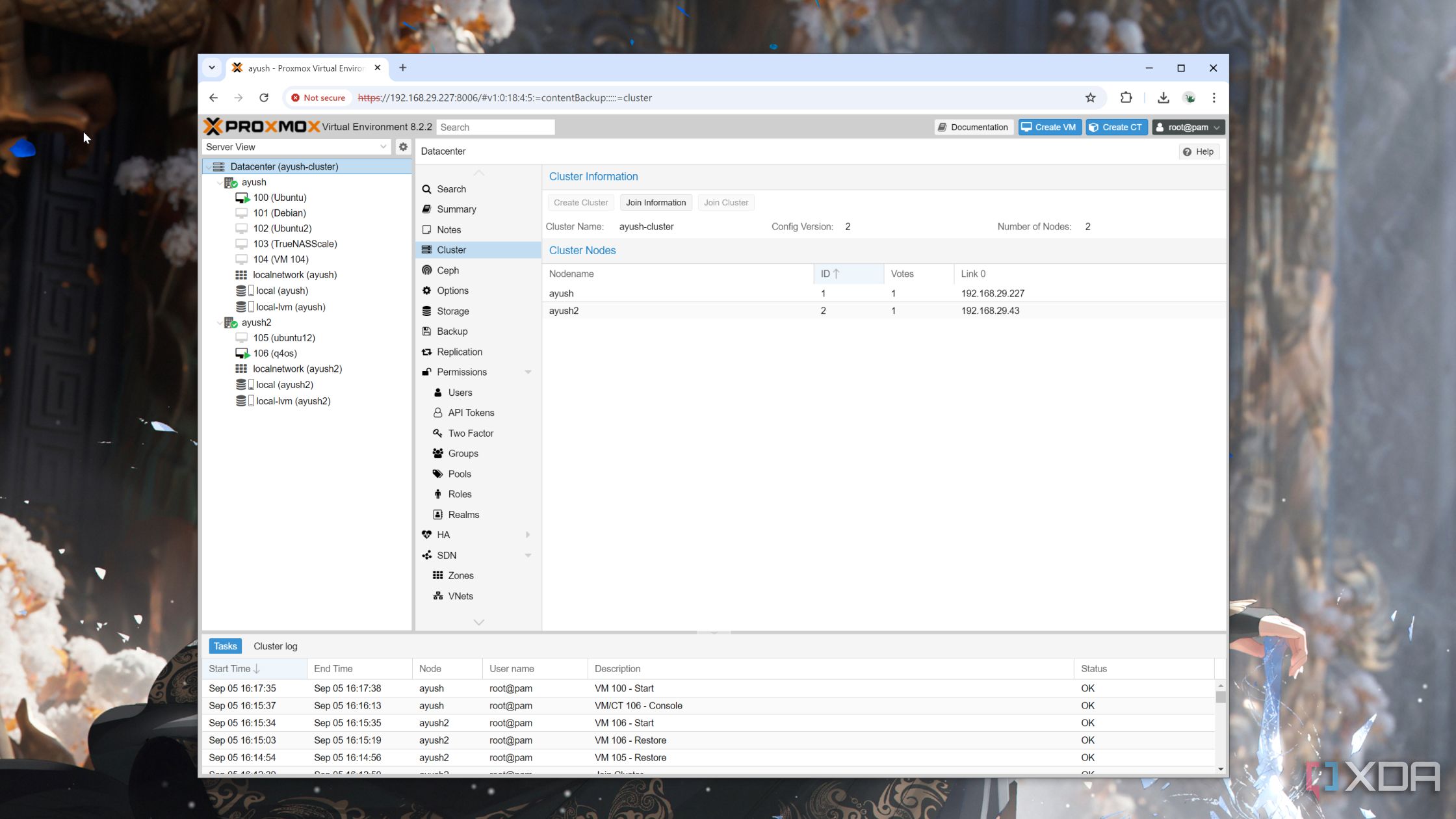
When I first began my home lab journey, I didn’t have too many issues breaking my server and starting from scratch. But as my container and VM army started to grow, I couldn’t work on my experiments with the same reckless spirit as before. Even with regular backups in place, I’d have to wait quite a few hours before my server comes back online after a failed experiment.
Luckily, virtualization platforms support high-availability configurations, where I can combine a few mini-PCs with my primary workstation. That way, even if my main experimentation server comes crashing down due to a misconfigured file, my self-hosted stack would continue to run on the other nodes. If we go into specifics, VirtualBox included rudimentary high-availability provisions in an older release, but they have since been scrapped in the newer versions, while VMware Workstation has no such feature up its sleeve.
1 PCI passthrough
It’s still a pain to set up
USB passthrough is a neat facility when you’re working on virtual machines. But once you start tinkering with advanced projects like dedicated gaming machines, AI workstations, or heavy transcoding operations that require the computing prowess of a GPU, PCI passthrough becomes a necessary feature, and it’s something you can only access in virtualization platforms.
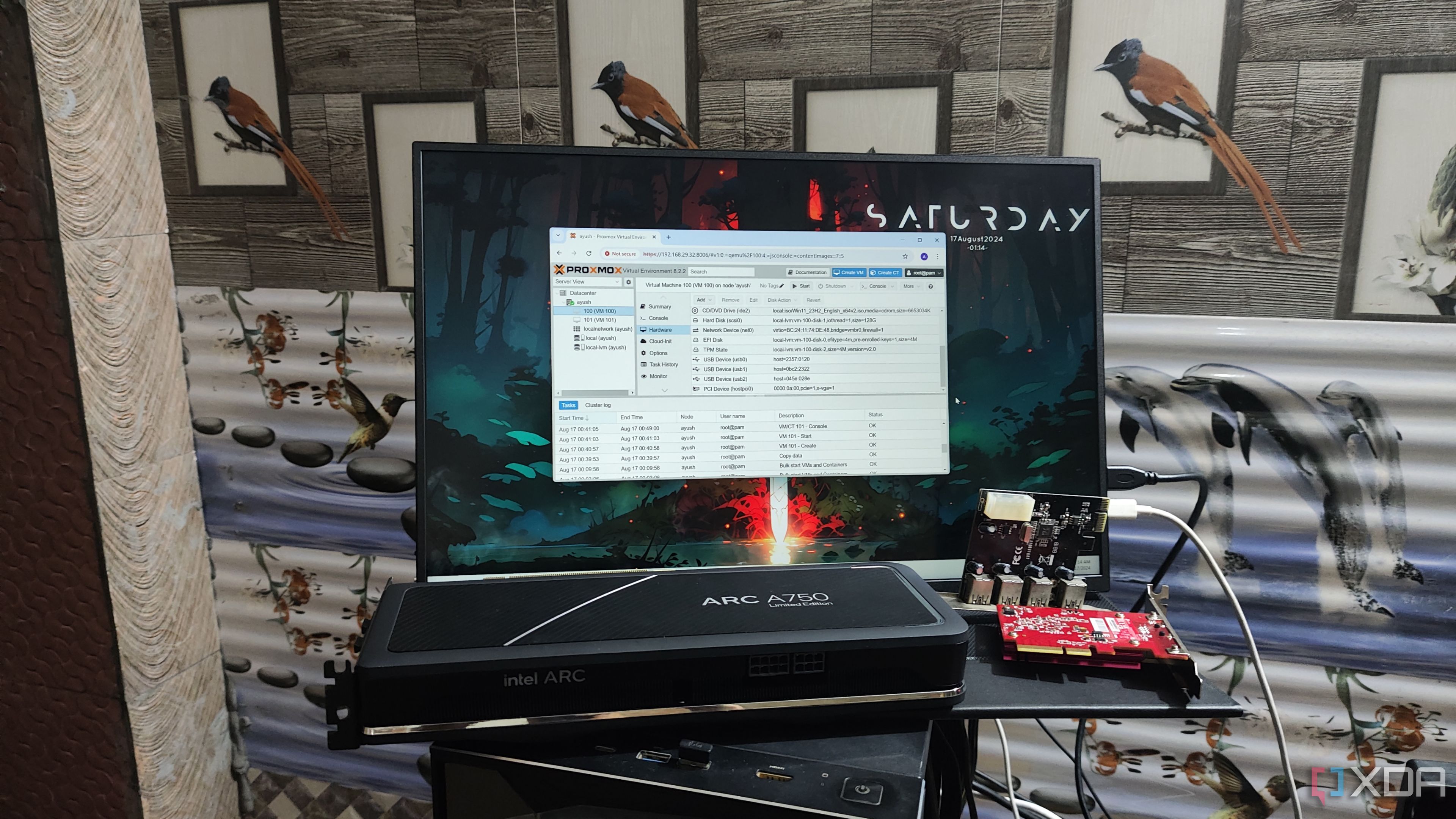
Related
How to enable PCI passthrough in Proxmox?
If you're willing to go the extra mile, you can even configure your Proxmox VMs to harness the superior computing prowess of your GPU!
Of course, it’s not the easiest setting to enable, and you’ll have to jump through a lot of hoops just to get your graphics card (or even other PCIe devices, for that matter) working with a virtual machine. But if you’re someone who needs to integrate PCIe gadgets into your home lab projects, it’s a good idea to go with a dedicated virtualization platform.
Nevertheless, Type-2 hypervisors have their perks
While I may have been a little too hard on VirtualBox and VMware Workstation in this article, these neat tools have their own perks. As a complete beginner, these Type-2 hypervisors can help you get familiar with virtualization jargon, and if you’re only planning to self-host a couple of services, you won’t have an issue with VirtualBox or Workstation/Fusion. But once you step into advanced VM projects, it’s a good idea to relegate a rig to a full-fledged virtualization platform.
.png)
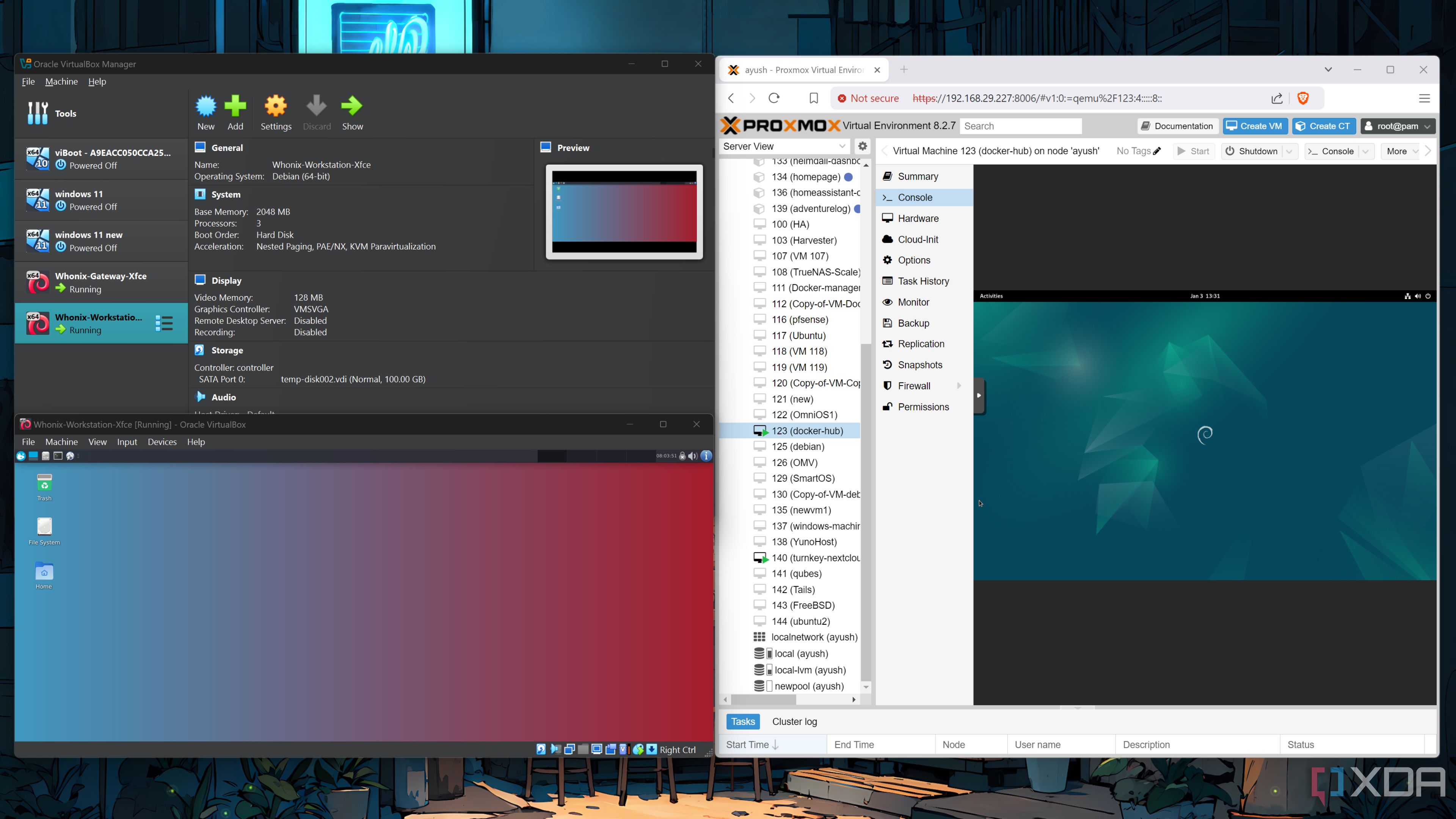











 English (US) ·
English (US) ·